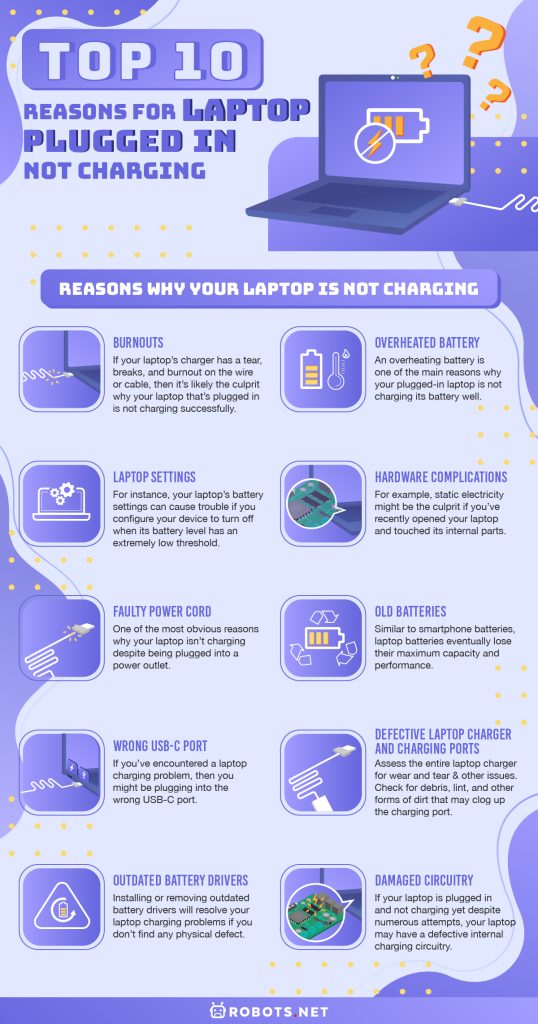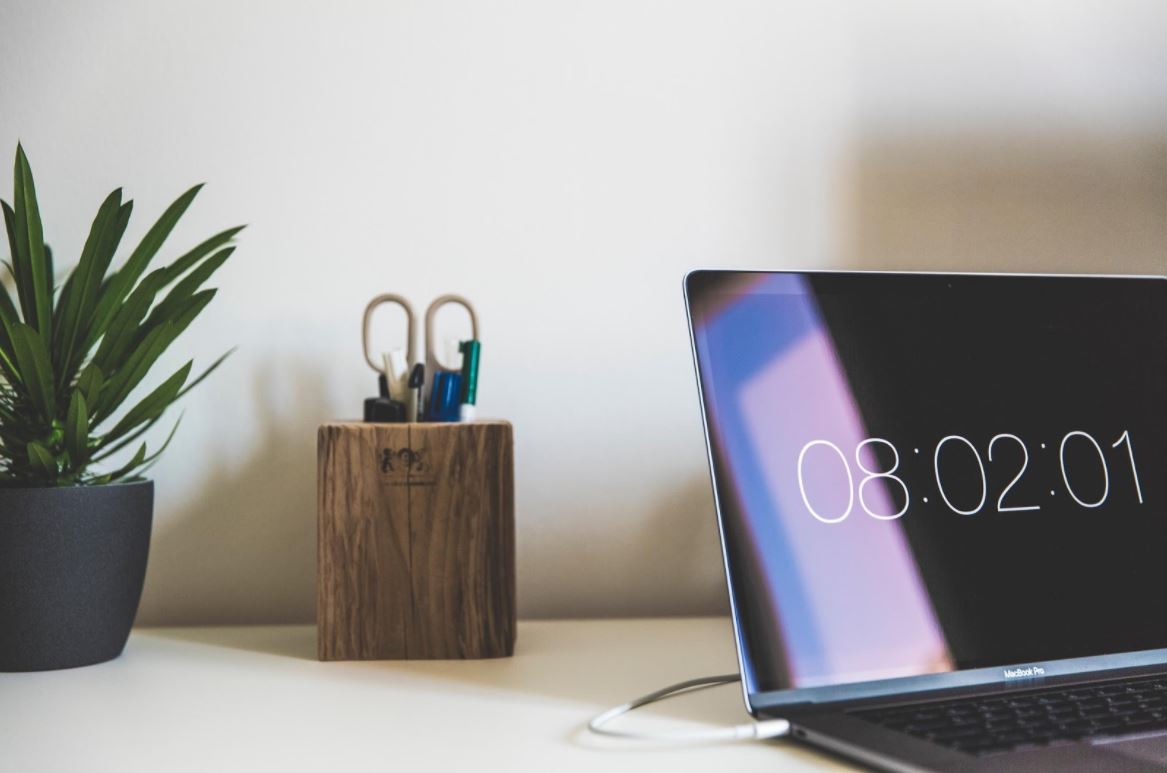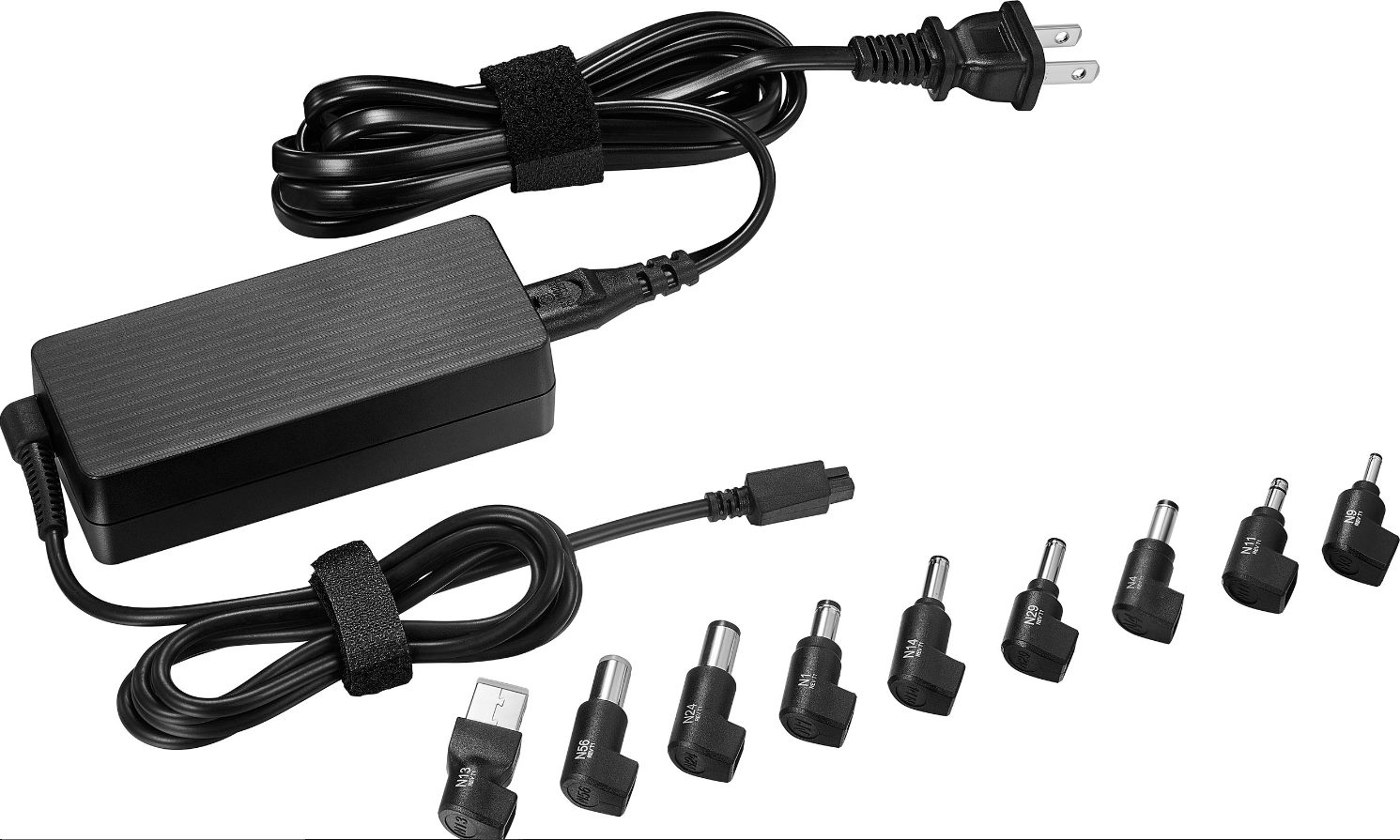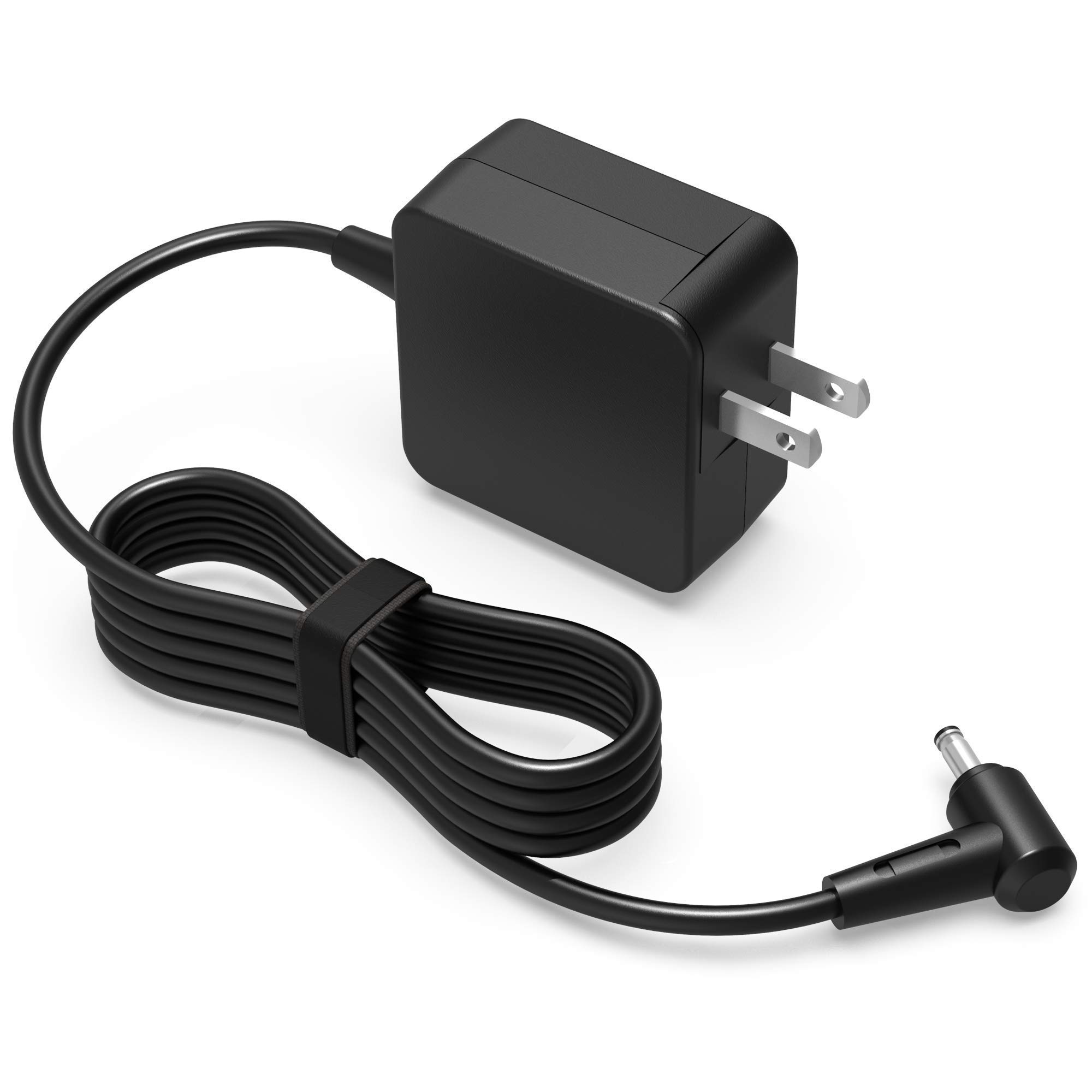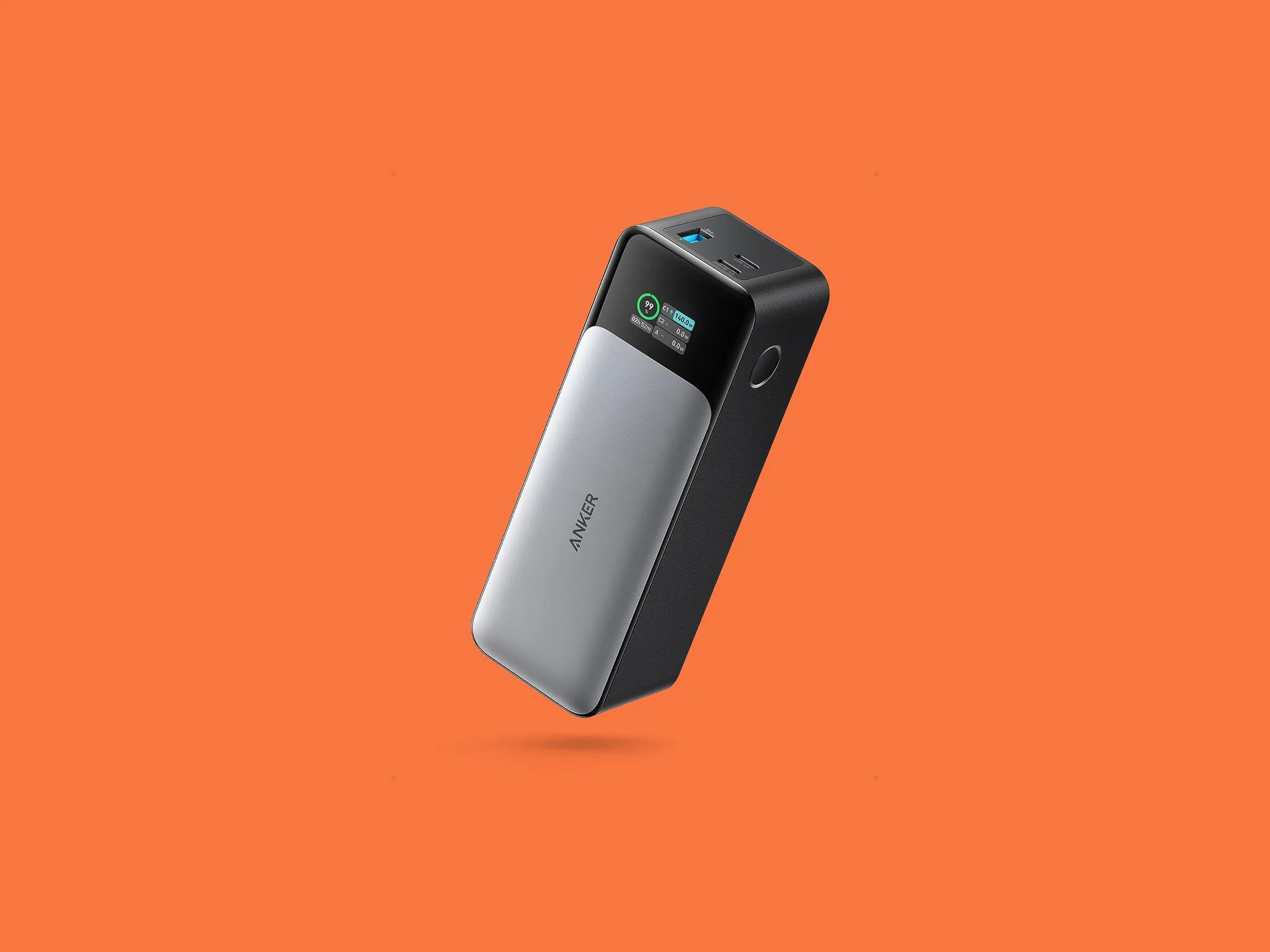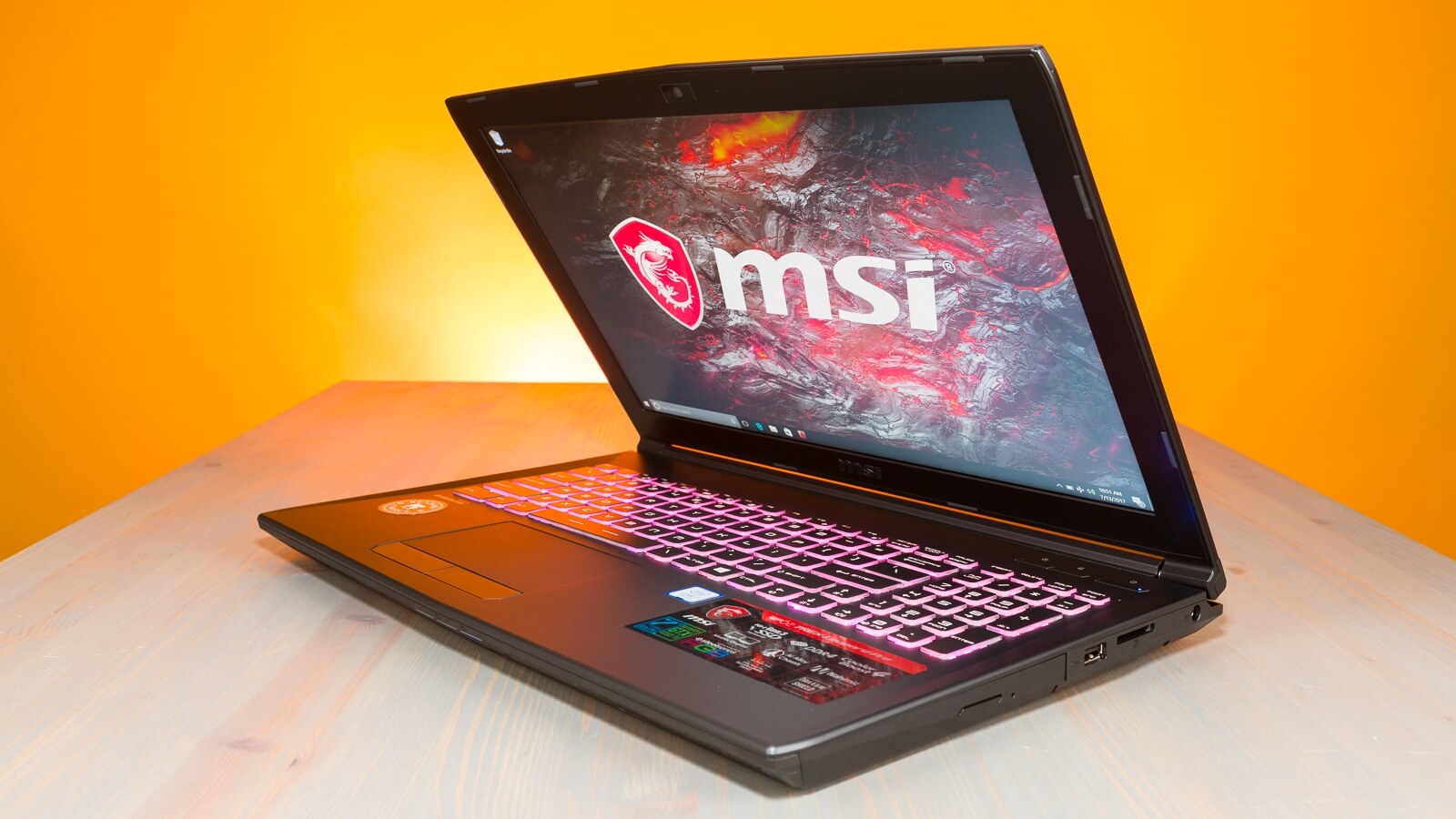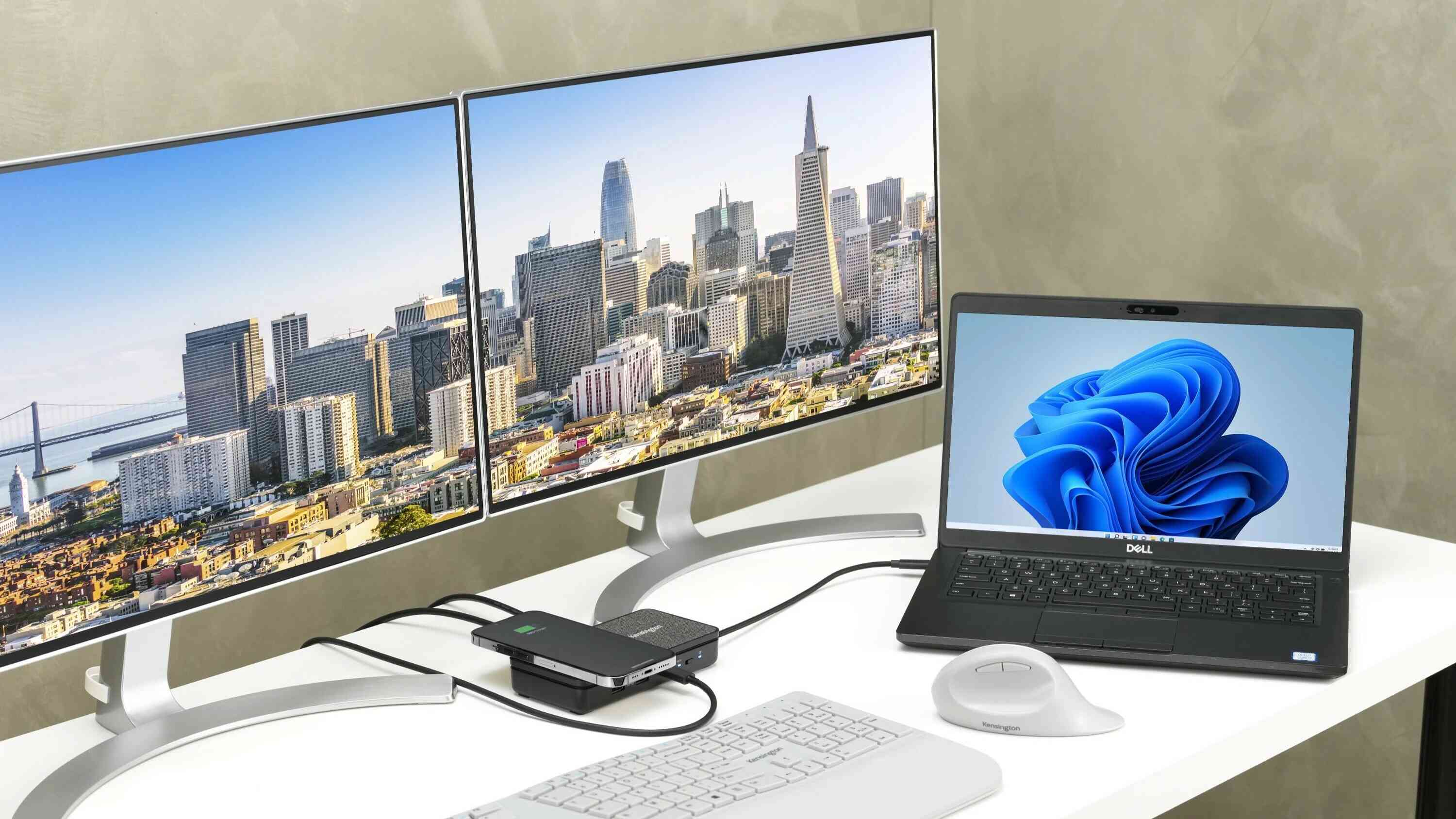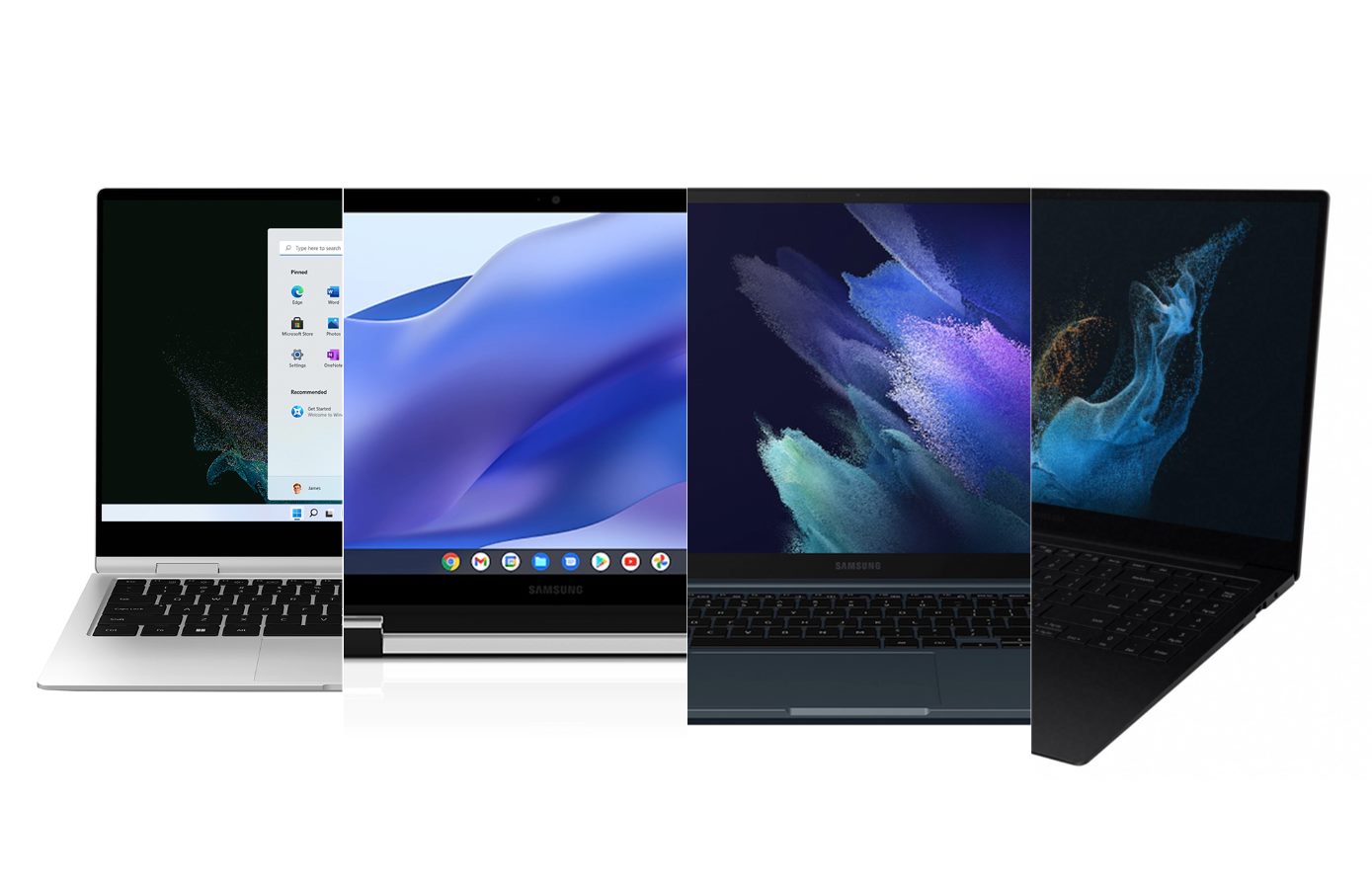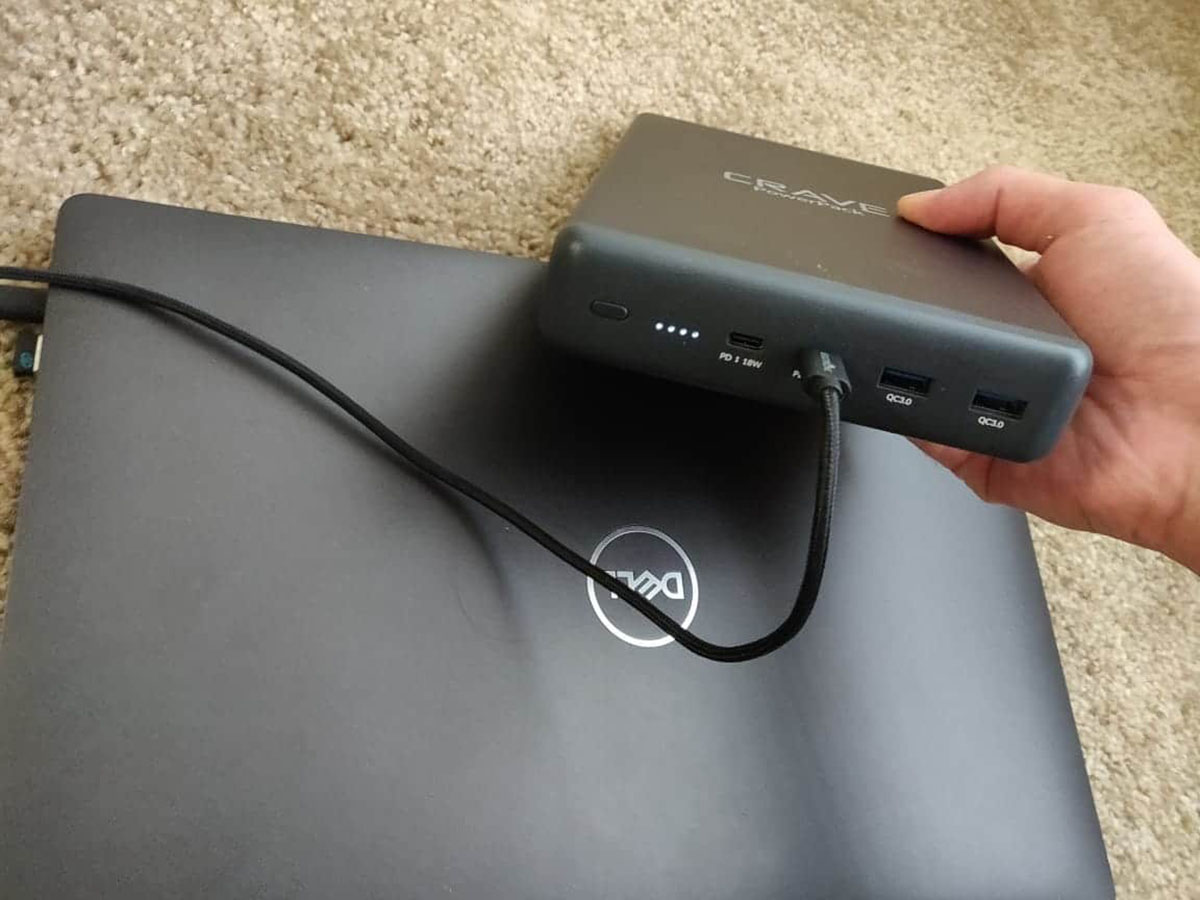With almost everything adopting the remote culture in terms of work and study, having a laptop is an essential must-have nowadays. Regardless of their purpose, laptops come in handy to provide you with all the tools and apps you need to be productive. However, laptops require proper handling and the right amount of usage. Without the best practices, you’ll problems that affect your laptop’s efficiency. One of the most common challenges for every laptop user is a laptop not charging despite being plugged in. If you’re always on the go, a laptop without a functioning battery can cause a lot of trouble. It’s challenging to use your laptop on the go if it cannot last long without an outlet.
It’s crucial to resolve a laptop that has a dysfunctional battery. That said, it requires some knowledge and skills for fixing this issue. To provide you with a comprehensive overview, here are the most common reasons for a laptop that’s plugged in but not charging:
Reasons Why Your Laptop Is Not Charging
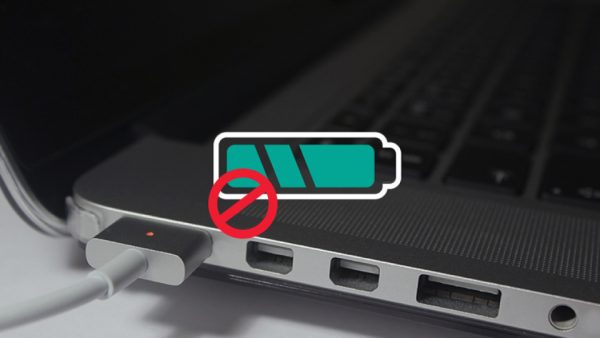

Burnouts
If your laptop’s charger has a tear, breaks, and burnout on the wire or cable, then it’s likely the culprit why your laptop that’s plugged in is not charging successfully. When you have a Windows or MacBook laptop, its chargers will eventually become worn out through long use. If you’re always on the go, chances are you’ll just roll your laptop charger and keep it in your bag. Little did you know that wires are delicate and can easily tear off when stretched or bent to an extent. Once you’ve plugged in your laptop, check if there is any smell of burnt wire or plastic. If yes, then it’s where your laptop charging problem lies.
Overheated Battery
Laptop batteries are vulnerable to extreme temperatures. That said, an overheating battery is one of the main reasons why your plugged-in laptop is not charging its battery well. When it’s exposed to extreme temperatures, the sensor of your laptop battery will fail, telling your laptop’s system that its battery is either missing a complete charge or 100% charged. In some cases, your laptop will shut down to avoid overheating its battery. The worst-case scenario would be your laptop exploding and starting a fire. Overheating is common in older laptops since they have lower quality in terms of cooling system performance. It also happens when you’re using your laptop on surfaces that blocks proper vent circulation like your bed or couch.
Laptop Settings
In some cases, your laptop that is plugged in will not charge because of incorrect laptop settings. Some of the custom settings are associated with sleep, display, and battery options. For instance, your laptop’s battery settings can cause trouble if you configure your device to turn off when its battery level has an extremely low threshold. Also, it causes laptop charging problems when you configure the battery level too high.
Hardware Complications
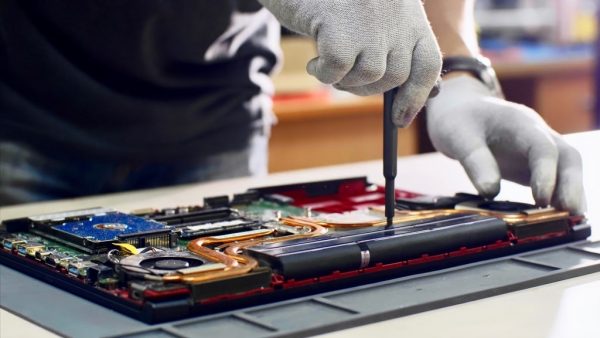

If you’re not suspecting an overheating issue, incorrect settings, or faulty wiring for your laptop charging problems, then hardware complications might be the one that takes the cake. Defective internal components like RAM, video cards, charging circuits or ports, or motherboards might be the reason why a laptop that is plugged in is not charging. For example, static electricity might be the culprit if you’ve recently opened your laptop and touched its internal parts. Another possible cause would be too much dirt or lint buildup on your laptop’s charging ports.
Faulty Power Cord
A defective power cord is one of the most obvious reasons why your laptop isn’t charging despite being plugged into a power outlet. If your power cord intermittently charges your laptop, it easily drains its power as quickly as it has charged up. When you have intermittent charging on your laptop, chances are your charger or power cord has a loose or unstable connection.
Old Batteries
Similar to smartphone batteries, laptop batteries eventually lose their maximum capacity and performance. Even after a few years of use, laptop batteries will experience a loss of durability. It’s also likely that your laptop battery isn’t performing its best when you’ve noticed that you already reached the maximum cycle count. If you have old batteries on your laptop, its performance will deplete further until it reaches the point of being dead.
Wrong USB-C Port
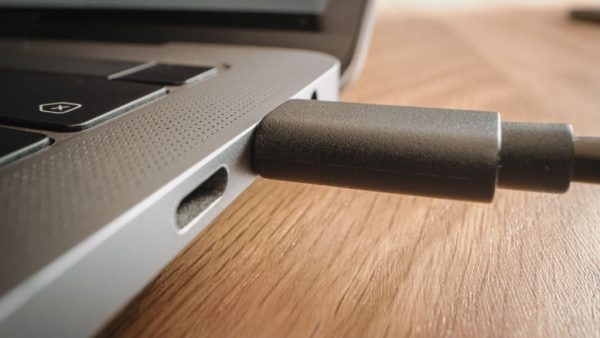

In modern laptops, the common cross-platform standard for charging, file transfer, and other peripherals is the USB-C port. The latest models enable thinner devices; however, it generally causes confusion among laptop users. Some laptop brands developed specific USB-C ports for a sole purpose and won’t allow charging the laptop through the port itself. For instance, laptop models such as Huawei’s MateBook X Pro are built with two USB-C ports – one primarily dedicated for file transfer while the other allows both data transfers and charging. If you’ve encountered a laptop charging problem, then you might be plugging into the wrong USB-C port. You should ensure that you are plugging in the power cord to the correct USB-C port.
Defective Laptop Charger and Charging Ports
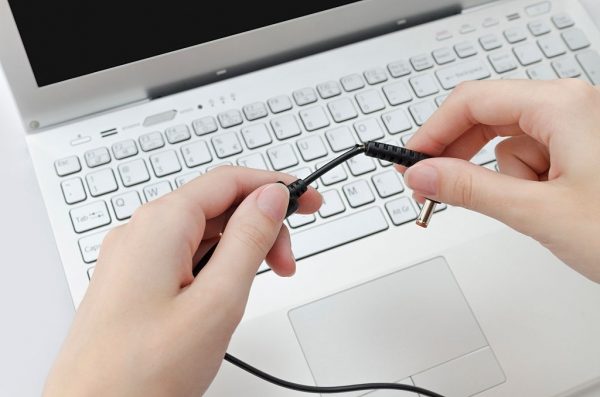

Even if you’ve already checked your power cord earlier, it’s still best practice to thoroughly check the laptop charge more extensively. You should assess the entire laptop charger for wear and tear and other issues. Chances are, you will have a slightly bulging charger that might be the cause of your laptop charging issues. Every time you’re using your old laptop charger, ensure that it doesn’t have a smell of burnt plastic or wire. If this happens every time you charge, then it’s likely the reason why your laptop isn’t charging efficiently.
Lastly, you can verify your laptop’s charging port. It should have a tight fit when you connect your laptop charger. If it feels loose, then it’s another probable cause of your laptop’s issues. As mentioned, debris, lint, and other forms of dirt will eventually clog up the charging port, and a dirty port won’t be able to effectively charge your laptop.
Outdated Battery Drivers
Another reason why your laptop that is plugged in is not charging well is outdated battery drivers. This problem applies mostly to Windows laptops. The OS utilizes specific drivers to properly handle charging as laptop batteries are considered external components. Installing or removing outdated battery drivers will resolve your laptop charging problems if you don’t find any physical defect on your charging port, charger, or battery.
Damaged Circuitry
If your laptop is plugged in and not charging yet despite numerous attempts, your laptop may have a defective internal charging circuitry. If the internal components or wiring within the laptop isn’t connecting the power cord to the battery, it will not charge properly.
Charging Fixes for Windows and Mac
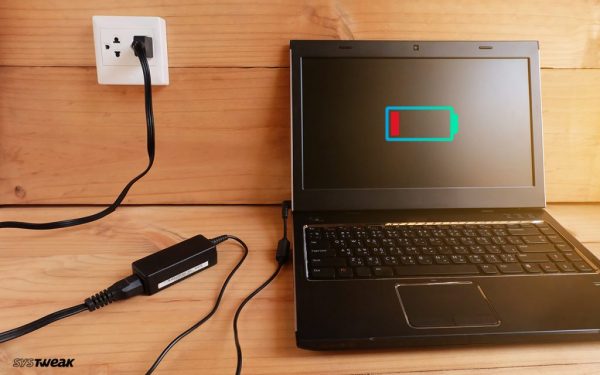

Diagnosing a laptop charging problem isn’t a one-size-fits-all solution. There are different components to check and verify before you can identify your laptop’s charging problem. Between the power outlet and your laptop itself, it’s challenging to identify the main culprit in one look. Some aspects are easier to resolve on your own while others require professional help. In the worst-case scenario, buying a new laptop may be the only solution to your problem.
Here are some of the ways for resolving a laptop that is plugged in but still not charging properly:
Ensure an Active Connection
Ensuring that you have an active connection is obviously one of the essential things to check. Check your cord extensions if they are plugged into the wall outlet. If it’s already plugged in, ensure that the switch from the extension cord is turned on for that slot. Another thing is to make sure your power cord or laptop charger is connected to a working power outlet. There are times that the power outlets in coffee shops, co-working spaces, or offices aren’t working.
If you’ve double-checked that your power outlet is working, then it’s definitely not your fault why your laptop isn’t charging. As a result, you’ll now have to check each laptop component related to charging for possible reasons why it still won’t charge properly despite being plugged in.
Remove Your Laptop Battery
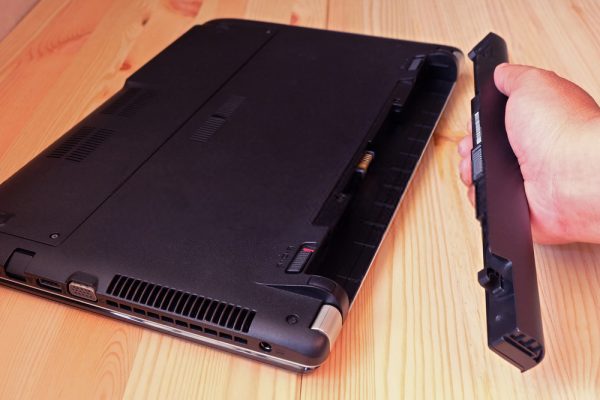

The next step is verifying if the laptop battery itself is defective or not. If you have a laptop that you can easily remove the battery, you can proceed without in-depth knowledge. Before performing this step, you should completely shut down your laptop and unplug the laptop charger. Once you’ve removed the laptop battery, hold or press the power button for several seconds to clear the remaining battery charge in your laptop’s system. Once done, plug in the laptop charger and turn on your laptop. If the system on your laptop runs normally, then the issue is the battery itself. You should position the battery well in its partition and ensure that all connected parts are placed well. If this won’t resolve your laptop charging problem, you should consider replacing your laptop’s dead battery.
If you don’t have a laptop with a removable battery, you will need to open up your laptop and remove it yourself. That said, you should only proceed with this process if you have the right tools and expertise. After all, you don’t want to add further complications to your laptop. Also, opening your laptop will void its warranty. It’s easier and safer to bring your laptop to a professional service center accredited by your laptop maker to can assess the battery thoroughly.
Ensure That You’re Connected to the Right USB-C Port
If removing the laptop battery won’t do the work, ensure that you are connected to the correct USB-C port. Also, you should verify if enough power is transferred to your laptop. A loose or intermittent connection can be the main reason why your laptop is not charging well despite being plugged into a power source.
As mentioned, numerous laptop manufacturers have developed newer laptop models with USB-C ports for charging. If your laptop has more than one USB-C port, you might have inserted your charger to the wrong port. This is probably why your computer is not charging despite your laptop being plugged in.
Clean Your Charging Ports
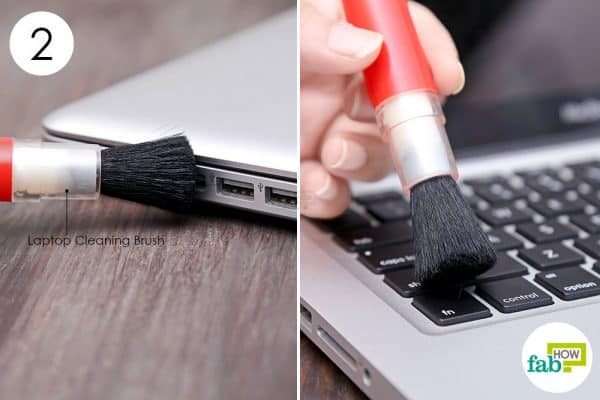

Even when you’ve checked your cable connections, it’s still a great practice to verify the charging port on your laptop. In some cases, it’s not only the laptop charger itself that is defective. Examine your charger thoroughly if you see any signs of tear, breaks, cuts, and burnouts. Check if there are smells of burnt plastic or wirings while you’re charging your laptop. If it happens, then you should replace your laptop charger to avoid further damages and any potential fire hazards.
Also, assess the charging port on your laptop. When your charger is connected to the laptop’s charging port, it must fit properly and securely. If it still displays a non-charging status, try adjusting the cord until it finds a perfect fit into the charging pins or port.
Don’t forget to clean any lint, debris, or dirt within the charging port by using a toothpick, toothbrush, or any non-invasive material.
Secure Proper Laptop Ventilation
Aside from hardware related issues, excessive heat is a big reason why your laptop is not charging properly. If your laptop is running heavy programs all at once, your laptop charger might not be able to recharge your battery quickly.
For example, if your laptop is really hot, the cooling system or fans must work harder to cool it off. This, in turn, consumes more battery capacity. To avoid overloading your laptop with power-hungry apps, open the Task Manager on your Windows laptop, and kill any processes or programs that might be consuming too much battery power. If it is extremely hot on the surface, turn off your laptop and let it cool down for a while.
You should also avoid placing your laptop on soft surfaces such as pillows when you’re working on a couch or bed since it robs the cooling vents of proper air circulation. It will easily accumulate dust and lint when you don’t place your laptop on a smooth and hard surface.
Update Missing or Outdated Drivers
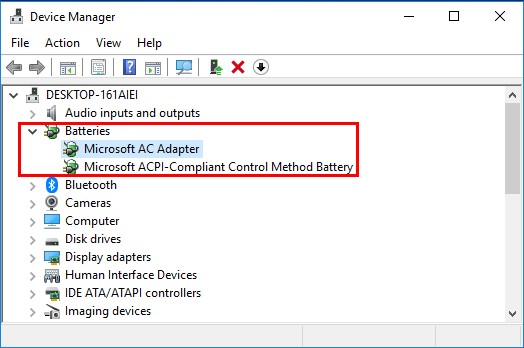

For Windows laptop users, updating your battery drivers may be the solution to your laptop charging problems. To perform this step, follow these step-by-step instructions:
Updating:
- Turn on your Windows laptop and right-click on the Start button. You can also press the Win + X keys simultaneously on your keyboard.
- Click Device Manager.
- Under the Batteries section, expand its corresponding menu.
- In this part, it will display two main components namely “Microsoft AC Adapter” and “Microsoft ACPI-Compliant Control Method Battery.”
- Right-click on each specified driver and select “Update Driver.”
- If it doesn’t have any existing updates, you can perform a manual update on these drivers.
If updating these drivers won’t change anything, you can try uninstalling them. It prevents your laptop from interfacing with the battery. You don’t need to worry if you uninstall one of the drivers since it’ll be automatically reinstalled when you’ll restart your laptop.
Uninstalling:
- Turn on your Windows laptop and right-click on the Start button. You can also press the Win + X keys on your keyboard.
- Click Device Manager.
- Under the Batteries section, expand its corresponding menu.
- In this part, it will display two main components namely “Microsoft AC Adapter” and “Microsoft ACPI-Compliant Control Method Battery.”
- Right-click on each specified driver and select “Uninstall Device.”
Once you’ve restarted, Windows will reinstall the battery drivers. If it doesn’t resolve anything, perform the specified steps again. However, once you’ve turned off your laptop after the uninstallation process, unplug the laptop charger, remove the laptop’s battery, and put everything together, and turn on your laptop again.
Modify Your Laptop Settings
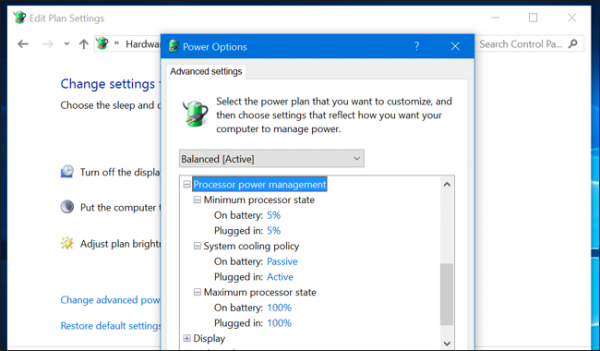

Aside from hardware components, software issues or custom settings is one of the possible reasons why your laptop that is plugged in is not charging properly. While the Windows system isn’t integrated with certain options that block your laptop battery from charging, you might have configured it to shut down when it has reached a certain threshold.
Windows:
- Click on the Start button.
- Input “Power & Sleep Settings” in the search field.
- Select “Additional Power Settings”
- Click the “Change Plan Settings” button
- Identify any custom settings that you might have modified from the past
- If you want the safest and easiest mode, click “Restore Default Settings For This Plan.”
Try a Different Laptop Charger
After numerous attempts, you’ve explored every possible solution to your laptop charging problem that won’t require you to spend money. If none of these steps work, the last thing you’ll have to do is purchase a new laptop charger, or perhaps you can borrow from a colleague or friend who happens to have a similar laptop.
While there are numerous cheaper third-party laptop chargers available, it is highly recommended to use an official charger made by the same brand that made your laptop. Cheaper alternatives don’t have the best quality, and the worst ones may even cause further complications on your laptop. If an original laptop charger isn’t available around you, read firsthand reviews from people on Amazon who already bought your prospective charger.
Conclusion
There you have it – we’ve highlighted all the possible causes and fixes for a laptop that’s plugged in but is still not charging successfully. We hope that the ones we’ve mentioned have resolved your laptop charging problems. However, if you still experience charging issues with your computer, you should bring it to a computer shop for repair services. Through this, a technician will diagnose your laptop and recommend a course of action that you can take.
Also, remember that your laptop’s battery will eventually wear out in the long run. After reaching the specific number for cycle counts, laptop batteries will not be as effective as it is on the first charge.
Did any of the fixes that we’ve discussed resolve your laptop charging problem? We’d love to know your insights and recommendations so other readers would know. You’ll never know; you might have helped someone who has the same laptop charging problem as yours by sharing your experiences!
